Premium Only Content
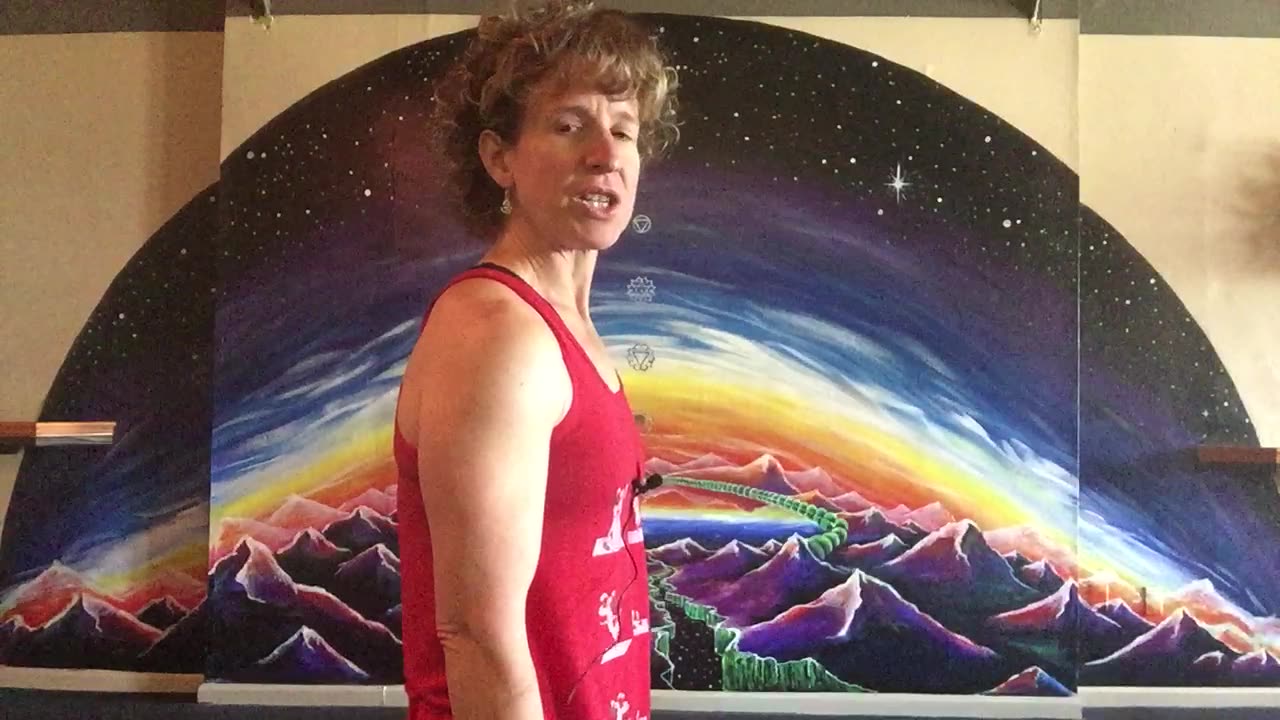
Deconstructing Down Dog part 2 of 10
Down Dog and Shoulder Pain Part 2
Thoracic Extension
In part one of this series I went over briefly the three things I look for in the upper quarter of the body for not only down dog, but this holds true for any time the arms are going over your head. This will be especially important when the upper body is loaded such as table tops, planks but more so for down dog and certain arm and forearm balance postures.
In a group setting I am not able to do one-on-one assessments. So, I had to do a lot of one-on-one assessments to learn what the most common physical presentations are, so when you walk in, I can help you find the best place in the posture for you. Remember the pose conforms to you, not the other way around. Forcing your arms up over your head does not stretch the muscles like you might think. It will create compensations in other parts of your body. Namely, your neck and shoulders will take the biggest impact, as well as your low back and knees.
The 10-15 degrees of thoracic extension is crucial for shoulder stability. This is the individual vertebrae need to move out of flexion and into the direction of extension to straight. This means that when you add up all the little tiny degrees that the vertebrae are moving it should add up to 10-15 degrees. Most people’s thoracic vertebrae are stuck in flexion b/c the most common workplace is at a desk, in front of a computer. Their workout programming is not balanced and there are even more flexion-based movements, and yoga is no different when it come to this in the sequencing.
The posture migrates into a forward head posture, rounded shoulders, rounded upper back, low back pain, a set of flat and dysfunctional glutes, hip pain and tightness, knee pain and unstable ankles, It’s quite the train wreck. Then you go workout or go to a group class and no one is correcting that posture in your movements so it’s making it worse. Or they just don’t give enough strengthening movements in the opposing direction and even then, they are not correcting postural aspects of those poses.
For every degree that your thoracic spine goes into flexion the stress of the load (your torso weight and head weight is a load) MUST be taken up by the neck and shoulders. So, when you place your hands closer than the inside of the outer edges of your mat you are already encouraging rounded shoulders, and forward head posture and shifting way more weight into the upper body than is necessary. This is making this an incredible harder pose than it needs to be, b/c most people do not have that mobility or flexibility in the upper.
Start with taking your hands farther apart; taking the pinkies to the outer edges of the mat. This places your arm and shoulder in what’s called the scapular plane where there is a lot more available movement for the head of the humerus to move in the shoulder socket. This will allow you to find more length through the spine, so you can come out of roundedness and find more thoracic extension that is available to you and work the bigger muscles of the back that help with improving posture. If you are not able to shift more weight into your legs that is b/c of two things. You don’t know how, a lack of mobility at the ankle and tightness of the hamstrings. For you to make down dog feel as though it’s not a plank movement you HAVE to bend your knees to take the added tension out.
Some ppl want the legs straight b/c it feels like the calves are stretching. It might feel that way but if you are shrugging your shoulders, rounding your back and shifting your weight forward this is simply a delusion and you are not stretching anything. If you bend the knees, shift backwards there be a bigger stretch on the upper hamstring attachment at the pelvis and soleus (mid-calf down to the Achilles) stretch. In this position, you will be minimizing the trauma to the passive structures of the wrist, shoulder, neck and strengthening the musculature and improving posture and getting out of pain.
This is just one aspect of shoulder stability. We can see how this one aspect can throw off the entire body. Part 3 will be getting into what’s happening at the scapulae or shoulder blade. The shoulder, scapulae and the thoracic spine are all very intimate with each other. One aspect becomes off. The whole thing becomes off. The process of being mindful starts with you and your body. If you don’t pay attention here, you can’t be paying attention anywhere else.
-
 49:25
49:25
ThisIsDeLaCruz
1 hour agoBack Stage Pass with Avenged Sevenfold
5.6K3 -

GritsGG
6 hours agoWorld Record Win Streak Attempt! #1 Most Wins 3880+!
208 -
 LIVE
LIVE
Tundra Tactical
3 hours agoProfessional Gun Nerd Plays Battlefield 6
202 watching -
 1:01:12
1:01:12
Donald Trump Jr.
6 hours agoThe China Matrix with Journalist Lee Smith | TRIGGERED Ep.288
117K75 -
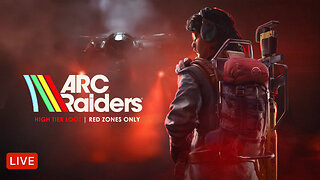 LIVE
LIVE
Dr Disrespect
11 hours ago🔴LIVE - DR DISRESPECT - ARC RAIDERS - FULL SEND INTO THE RED
1,092 watching -
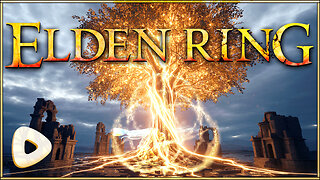 LIVE
LIVE
JdaDelete
2 hours agoFinally playing Eldin Ring | First Playthrough Episode 2
19 watching -
 1:02:08
1:02:08
BonginoReport
4 hours agoNicki Minaj Speaks Out Against Christian Persecution - Nightly Scroll w/ Hayley Caronia (Ep.169)
51.8K28 -
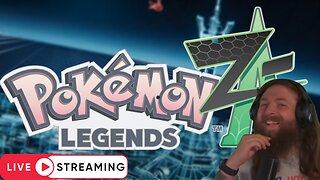 LIVE
LIVE
HomieQuest
4 hours agoLive Streaming! Pokemon Legends Z-A
6 watching -
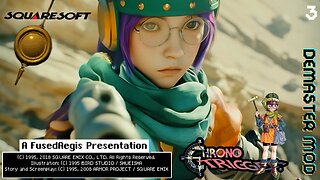 5:33:02
5:33:02
FusedAegisTV
7 hours agoFUSEDAEGIS PLAYS THE GREATEST JRPG EVER MADE ⌛► CHRONO TRIGGER (1995) Part 3
360 -
 DVR
DVR
Nerdrotic
3 hours ago $2.05 earnedNerdrotic At Night 531
25.9K3